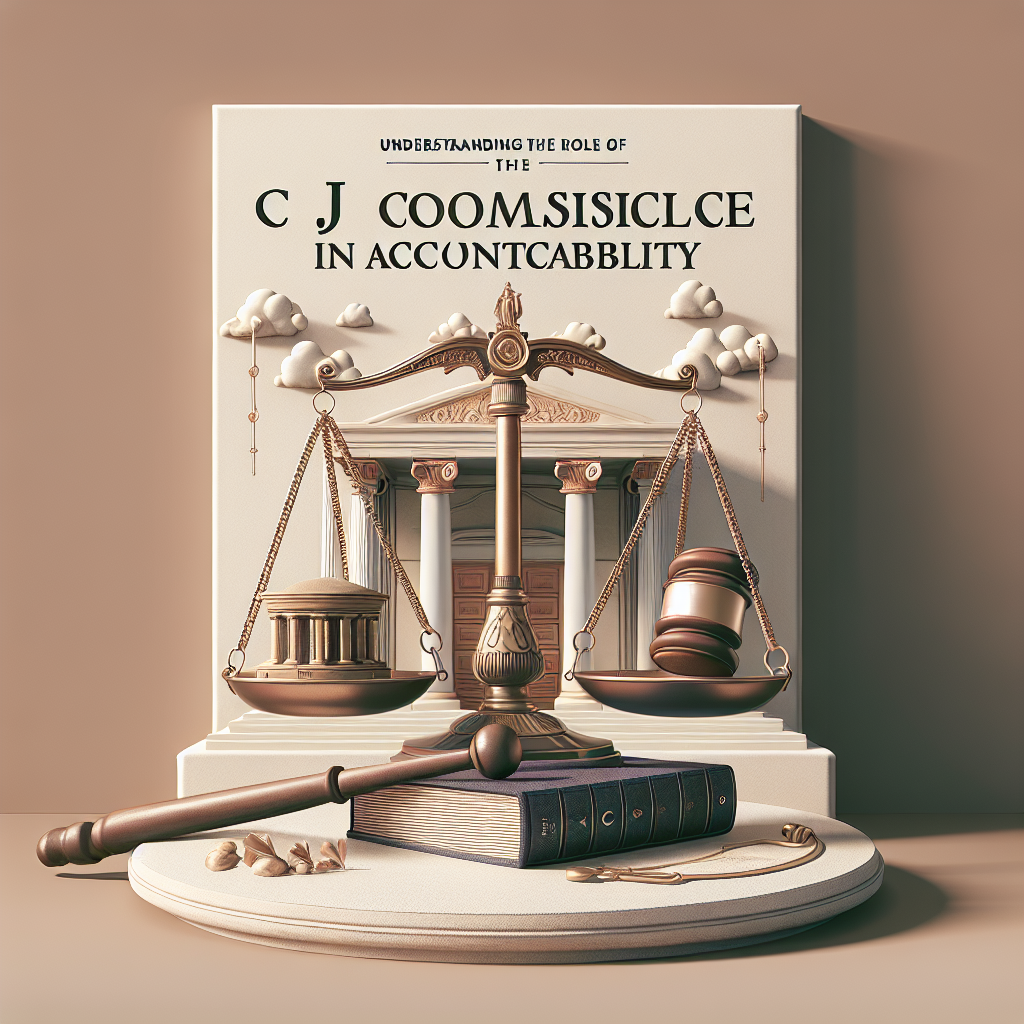Rhythm and Blues music, widely known as R&B, has been a significant part of the American music landscape for over half a century. With roots in traditional African music and American Gospel music, R&B has consistently redefined its style, influencing and shaping the music industry along its journey.
Beginning of Rhythm and Blues
Founded in the late 1940s, R&B music began on the foundation of jazz, blues, and gospel music. The term “Rhythm and Blues” was first used by Billboard magazine to describe upbeat popular music performed by African American artists that combined jazz and blues genres. The style captured the passion and spirit of the post-WWII era, with expressive songwriting and soulful melodies.
The 1950s to the 1960s: Influence of Soul, Funk, and Motown
During the 1950s and ’60s, R&B began to evolve with the incorporation of orchestral elements and smoother, vocal-centered performances, leading to the birth of Soul music. The dominance of Motown Records in this era brought forth an iconic R&B sound that was characterized by a fusion of pop and soul. Artists like Marvin Gaye, Stevie Wonder, and The Supremes became worldwide sensations.
The 1970s to 1980s: The Disco Era and the Advent of Contemporary R&B
The Disco era in the mid-1970s saw R&B embrace funky beats and vibrant, danceable rhythms. Towards the end of the 1980s, there was a significant shift as R&B started fusing with other styles such as hip-hop and pop, birthing the Contemporary R&B genre. It was characterised by a mix of soulful vocals with punctuated rhythm patterns and a heavy reliance on synthesizers and drum machines.
The 1990s to Present: Advent of Neo-Soul and Modern R&B
The 90s witnessed the birth of Neo-Soul, a sub-genre that sought to bring back the authentic, raw feel of original soul music, and integrate it into contemporary R&B. Today, R&B has continued to evolve, combining with various genres like electronic, rock, pop, and more, showcasing some of the most innovative music in the industry.
Conclusion
Rhythm and Blues has proven its vitality and relevance in the music world, evolving to stay current and appealing to each new generation. R&B’s rich history and its ever-evolving styles continue to inspire, influence, and shape music styles across the globe. It remains a vital force in the music industry, continually adapting itself to the prevailing musical trends while still retaining its unique soul and spirit.
Frequently Asked Questions
1. What is Rhythm and Blues music?
Rhythm and Blues, or R&B, is a popular music genre predominantly performed by African American artists, combining elements of jazz, gospel, and blues.
2. How has Rhythm and Blues music evolved over the years?
R&B has evolved from a combination of jazz and blues to incorporating elements from soul, funk, disco, pop, hip-hop, and electronic music.
3. Who are some iconic Rhythm and Blues musicians?
Some iconic R&B musicians include Marvin Gaye, Stevie Wonder, Diana Ross and The Supremes, Aretha Franklin, Ray Charles, and more recently, Beyoncé and Usher.
4. What are some sub-genres of Rhythm and Blues music?
Some sub-genres of R&B are Soul, Funk, Contemporary R&B, and Neo-Soul.
5. What is Contemporary R&B?
Contemporary R&B is a sub-genre of Rhythm & Blues that emerged in the 1980s, characterized by a mix of soul, funk, pop, and, later on, hip hop.
